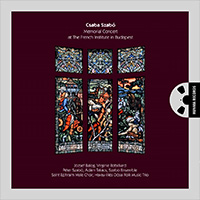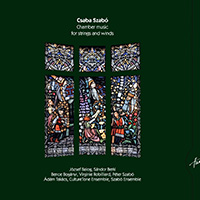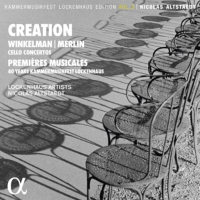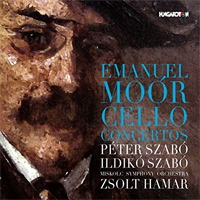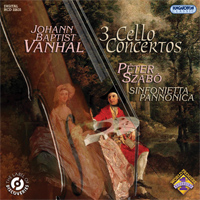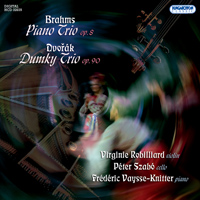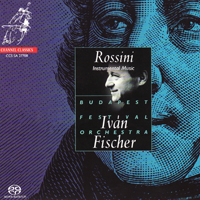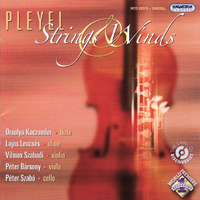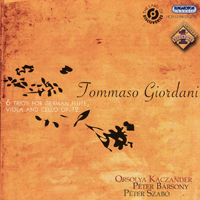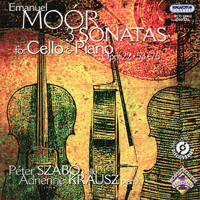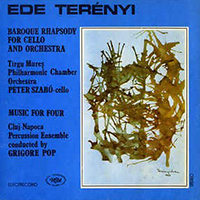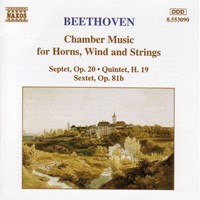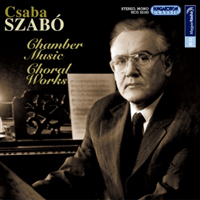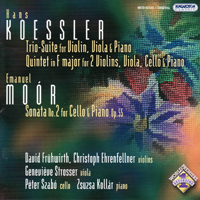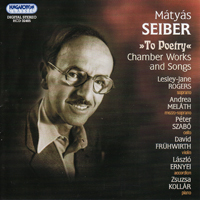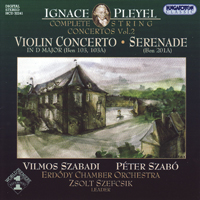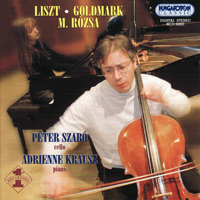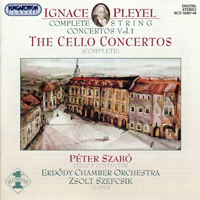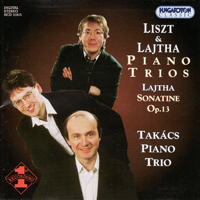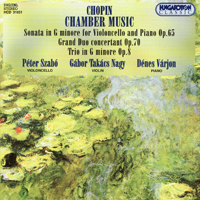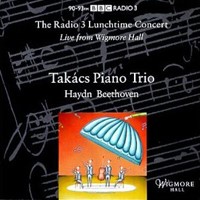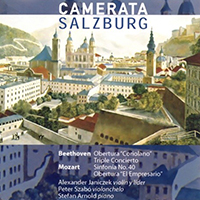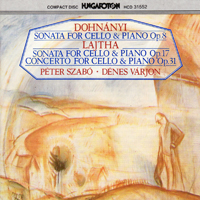A casual cellist
Johann Baptist Vanhal: Three cello concerto - Péter Szabo and the Sinfonietta Pannonica / Hungaroton
According to his biographer, Paul R. Bryan, the Austrian composer, Johann Baptist Vanhal (1739-1813) lead "a modest but comfortable life" during his last years in his Viennese apartment, close to Stephansdom.
An article by János Malina
On the basis of contemporary sources,Vanhal was a man of good humour. Above all, he was flexible and had a cheerful personality, with talent and diligence which made him quite popular among his contemporaries. He didn't have much enemies, as he was far from being pushy or a careerist. The composer strove to adhere to the so-called golden mean: his flat was in the very center of Vienna, and he developed a friendship with notabilities like Charles Burney, Gluck, Haydn and Mozart without huge effort. He was also a member of a string quartet, which included his old friend (and maybe teacher) Dittersdorf, Mozart and Haydn. He was considered a good violinist, but most probably, played on the cello within this group.
It's well known how poor the world of music is in cello concertos by the classic composers. Vivaldi accounts for half of it, while there is no cello concerto composed by such talents like J. S. Bach, Mozart, Beethoven, Mendelssohn, Brahms, Tchaikovsky or Bartók. The above mentioned string quartet and composer group did much to amend this. According to current knowledge, they made between them, seven cello concertos (except for Mozart, who refused to compose any). Four out of seven were composed by Vanhal; three of these have been published by Hungaroton, performed by Péter Szabó and the Sinfonietta Pannonica.
Most probably, Vanhal composed these well-known cello concertos from 1780 onwards, during the first peak classical Viennese period. It was immediately after he stopped composing symphonies, which meant he already had a considerable experience. As the CD shows, the concertos are definitely appealing and add considerably to the cello repertoire.
These three pieces were published in 1780 by Breitkopf & Härtel, but it seems likely that no copy remained available, as the CD record was prepared on the basis of manuscripts completed and published by Péter Szabó. (The story of the printed version is not further clarified in the accompanying notes written by Enikő Gyenge, who does not refer to the Weinmann register number either. However, these numbers should be indicated 22 years after the publication of the list, particularly because both the pieces are in C major).
Among the three compositions, the first concerto (in C major) is the most outstanding; it is clear disproof of Burney's view that Vanhal was a boring and shallow composer. At least, it sounds great, due to the excellent, elaborate and delicate performance recorded by Hungaroton. The opening movement is elevated and noble, where thoughts and phrases follow each other naturally, keeping the listener engaged. The catchy and explicit emotions of the slow movement slightly evoke Haydn's first cello concerto (composed approximately two decades earlier). The splendid closing movement is rather playful, but still resembles the melodies of Haydn.
The cello concerto in A major is a bit more pale, or maybe just not as flamboyant as the former. The first movement is archaic, baroque and somewhat monotonous, with undoubtedly antique, rhetorical gestures in the slow movement - where Szabó stands out with his high-class creation of melody. The finale is a bit more modern and higly elaborate.
The third concerto (also in C major) is almost as balanced a bright piece of art as the opening concerto of the CD. Some aspects might even outshine it. The grandeur and magnificence of the first movement is unique among cello concertos; within the slow movements of the three concerto, it reaches the greatest profundity and sophistication.
The high class music material is a combination of beautitul little details, an impressive sense of balance and a natural affinity with the concertos; it's impossible to find any weak point in it. Péter Szabó's performance is incomparably elevated, bright, and sweetly articulated. He has an unerring sense of time and tempo, stylish, moderate but arresting cadenzas and a perfect intonation. Not to mention the fact that his cello performance is natural and perfectly controlled. The recently founded Sinfonietta Pannonica is a creditable orchestra in every tiny detail. Its sound is homogeneous and brightly coloured, and the soloist is in great harmony with the orchestra. Many thanks to all of them for discovering and perfecting those hidden treasures.
János Malina
Source: www.revizoronline.com
Translation by Viktória Kiss
Revizor
June 2011


